Coin collecting might not be as popular as it once was, but it still attracts a certain amount of interest – mainly among older male collectors and dealers. Retired IT consultant Richard Walshe, who has been collecting coins since his teenage years, describes it jokingly as an “obsessional hobby”. Walshe will be one of the stallholders at the National Antiques Fair in Limerick Racecourse on Saturday and Sunday, September 7th and 8th.
Understanding the fascination with historic coins requires a dive into history, and it is the historical context that attracts many people to numismatics (coin-collecting, from the Latin and Greek word “nomisma”, meaning “coin”).
“Part of the attraction to coin-collecting is the political, economic and social history. Then, people also buy good-quality coins as investments. For example, you could buy a 2,000-year-old Roman coin for less than €5, but you could also spend thousands of euro on Roman hoards,” he says.
Walshe specialises in hammered Irish coins from Viking times right through to the 16th and 17th century. Hammered coins, which were typically silver, were then superseded by milled coins, made from copper pressed in machines.
READ MORE
The first Irish coinage – originally written as Lsd or Librae, solidi and denarii, the Latin currency denominations – in pounds, shillings and pence were made by the Irish Free State in 1928. “These coins were designed by a committee headed up by William Butler Yeats and had Saorstát Éireann (Irish Free State) imprinted on them,” says Walshe. The English artist and sculptor Percy Metcalfe won the competition for the animal designs on the coins, which reflected the agrarian Irish society of the time.
The same designs of the horse, salmon, bull, wolfhound, hare, hen and chicks, pig and piglets, and woodcock, were used with Éire and the harp on the front side when the next series of coins were minted in 1939-1969. “The demand among collectors and the general public is mostly for these pre-decimal series,” says Walshe, referring to the half crown (two shillings and sixpence), the Floirin/two shillings, one shilling, sixpence, threepence, penny, halfpenny and farthing (1/4 pence) coins of that era.
Walshe says there is not as much interest in the decimal currency – which was first minted in 1971 – because “people didn’t bother to put it away”. But, there is significant interest in bank notes – particularly the so-called “Lady Lavery” or Series A bank notes printed in 1928-1977, which features the portrait of Lady Hazel Lavery, the American painter and second wife of Belfast-born portrait artist John Lavery. The Irish Free State government invited Lavery to create the female personification of Ireland for the new Irish banknotes, for which Hazel Lavery modelled. The image later appeared as a watermark on Series B and Series C banknotes, until the currency was replaced by the euro. It ceased to be legal tender in February 2002.

Walshe says that there is also a specialist interest in what are called the “Ploughman banknotes”, which have an image of a man with a horse and plough, issued under licence by various banks in Ireland in 1929-1939. “For example, a Bank of Ireland or a Munster & Leinster Bank £1 is worth about €300; a Royal Bank of Ireland, Hibernian Bank £1 is worth €450-€500; an Ulster Bank £1 is worth €700-€800; and a Northern Bank £1 is worth about €1,500,” says Walshe.
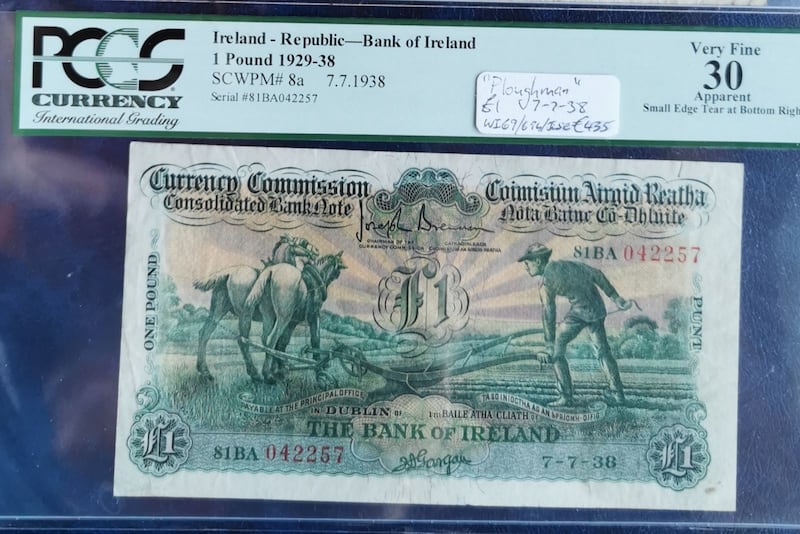
He also says that local historians in particular are interested in earlier bank notes, issued by banks with the name of the town printed on them. Similarly, there is a niche interest for tokens, which were issued by local merchants when they ran out of copper change. These were partly created as advertisement; shops including Arnotts and many earlier department stores gave customers these tokens instead of small change. Interested members of the public can also visit the Airgead exhibition at the National Museum of Ireland Decorative Arts and History at Collins Barracks, to peruse the State-owned collection of Irish coins from the Viking period to the present day, as well as some Roman, English, European and Asian coins.

Meanwhile, others dealers selling their wares at the National Antique Fair at the Limerick Racecourse (open from 11am-6pm each day, admission €5 adults; children free) include Jimmy and Garrett Weldon from Weldon’s, Clarendon St, Dublin, a specialist in antique jewellery and Irish silver. Items for sale include a rare silver teapot made in Dublin in 1715 (€25,000), and a silver coffee pot made in 1770 by Cork silversmith, John Nicholson (€7,950).
Garrett Weldon’s brother, Matthew, who runs Courtville Antique and Vintage Jewellers in Powerscourt Townhouse, Dublin, and Marie Curran, also from Dublin, will also be at the fair, selling vintage engagement rings and antique jewellery.
antiquesandartireland.com; weldons.ie; courtville.ie
What did it sell for?
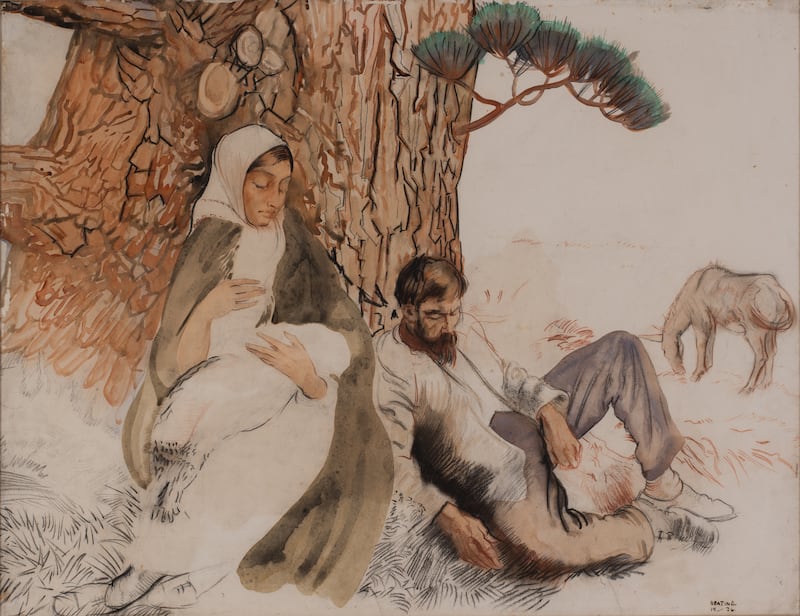
A study by Sean Keating for his painting An Allegory
Estimate €70,000-€80,000
Hammer price Not sold
Auction house Dolan’s
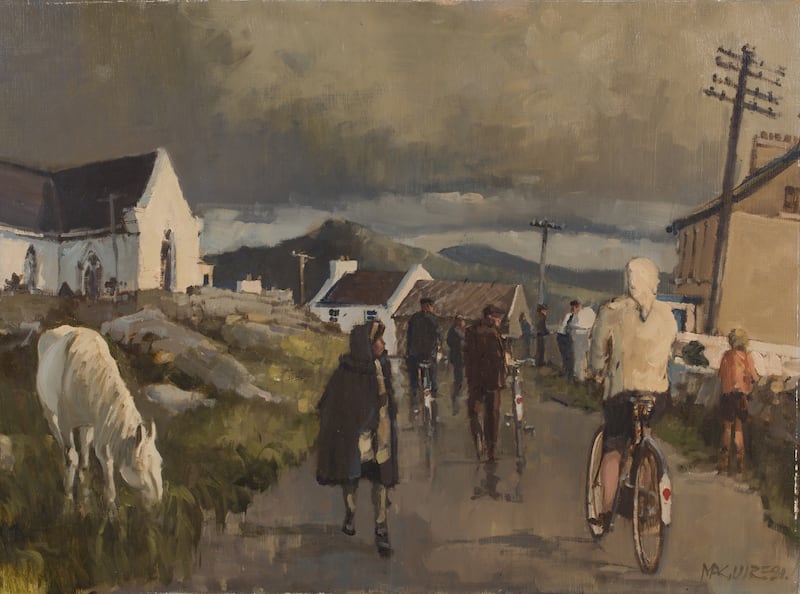
Going to Mass, Roundstone by Cecil Maguire
Estimate €8,500-€12,500
Hammer price €8,500
Auction house Dolan’s
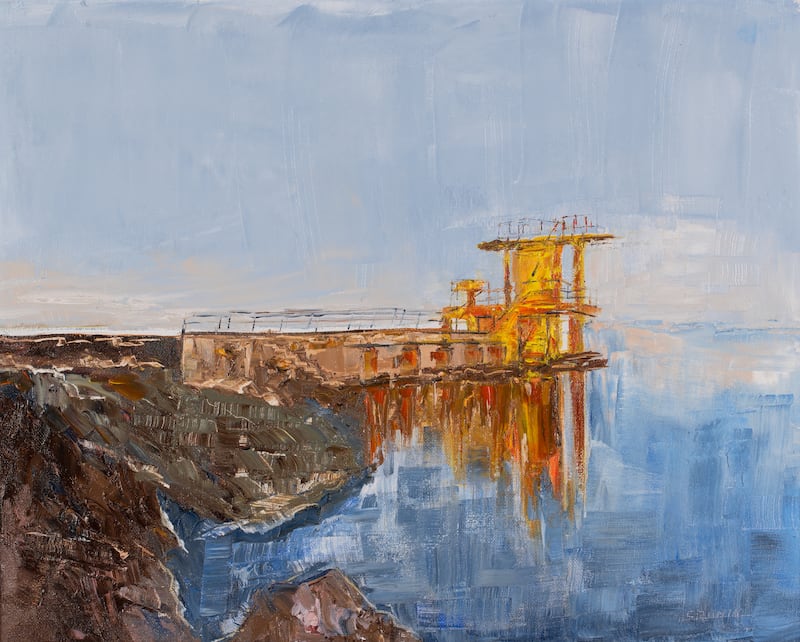
The Salthill Diving Boards by Susan Cronin
Estimate €1,000-€1,500
Hammer price €950
Auction house Dolan’s
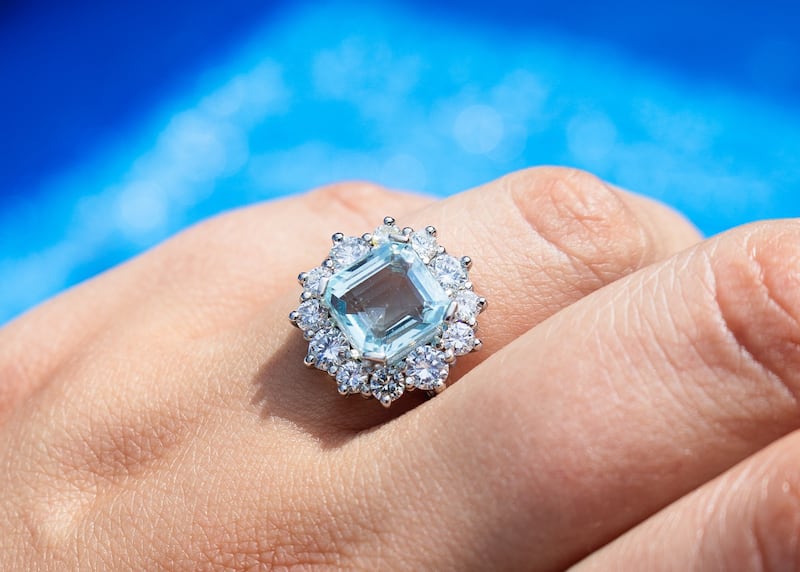
Sapphire ring with brilliant cut diamond
Estimate €2,400-€3,400
Hammer price €2,600
Auction house Matthews
22ct gold John Paul II medallion
Estimate €2,200-€3,200
Hammer price €3,300
Auction house John Weldon
Rolex oyster perpetual date just watch
Estimate €3,600-€4,200
Hammer price €4,000
Auction house John Weldon
- Sign up for push alerts and have the best news, analysis and comment delivered directly to your phone
- Join The Irish Times on WhatsApp and stay up to date
- Listen to our Inside Politics podcast for the best political chat and analysis
















